Understanding the Basics of Fire Fighting Systems

As a facility manager or fire safety officer, ensuring the fire fighting equipment of occupants and protecting property from the devastating effects of fires is a top priority. At the heart of this responsibility lies a comprehensive firefighting system, also known as a fire suppression system or fire protection system.
A firefighting system is an integrated network of components designed to detect, contain, and extinguish fires within a building or structure. These systems are meticulously engineered to provide an effective first line of defense against the rapid spread of flames, minimizing the risk of catastrophic damage and potential loss of life.
Firefighting systems encompass various sub-systems and equipment, each playing a crucial role in the overall fire safety strategy. Some of the key components include:
1. Fire Detection and Alarm Systems: These systems employ smoke detectors, heat detectors, and other sensors to promptly identify the presence of fire and trigger audible and visual alarms, alerting occupants and emergency services.
2. Fire Suppression Systems: This category includes water-based systems like fire sprinklers, standpipe systems, and fire pumps, as well as specialized systems like foam, dry chemical, and clean agent suppression systems.
3. Fire Extinguishers: Portable fire extinguishers, strategically placed throughout a facility, provide a means for occupants to tackle small fires before they escalate.
4. Emergency Lighting and Signage: Clear and visible emergency lighting and signage guide occupants toward safe evacuation routes during a fire emergency.
By understanding the fundamental components and functionalities of a fire fighting system, facility managers and fire safety officers can effectively implement, maintain, and manage these crucial safety measures, ensuring the highest level of preparedness and protection for their facilities.
Types of Fire-Fighting Equipment for Buildings
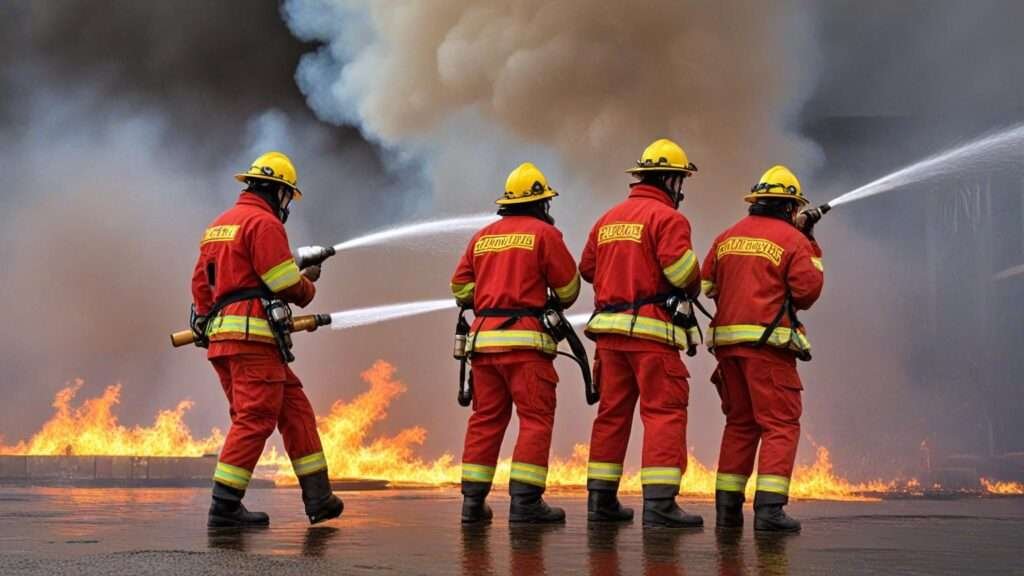
Effective fire fighting system for building relies on a strategic combination of various types of equipment, each serving a specific purpose in the overall fire protection strategy. As a facility manager or fire safety officer, it is crucial to understand the different types of fire fighting equipment and their respective roles in safeguarding your facility.
1. Fire Extinguishers:
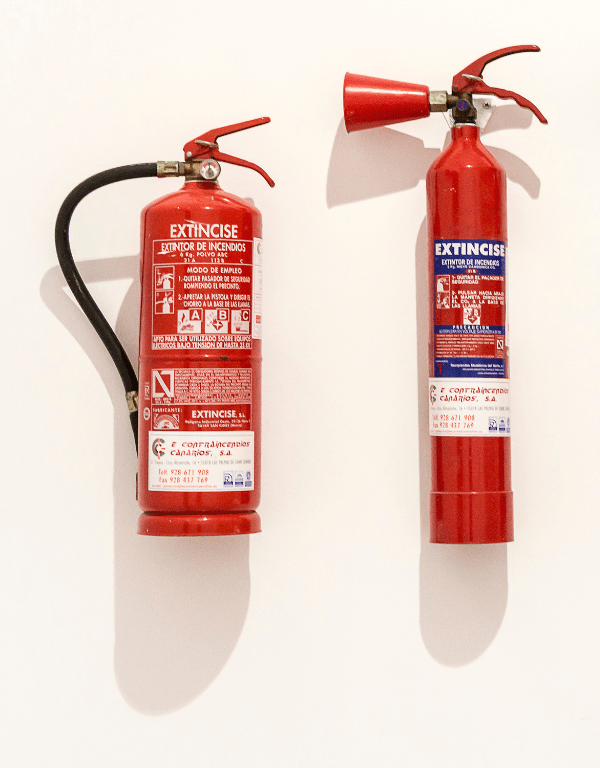
Portable fire extinguishers are the first line of defense against small, incipient fires. They are designed for easy accessibility and maneuverability, allowing quick response by trained personnel or occupants. Different types of fire extinguishers are available, suited for different classes of fires (e.g., ABC dry chemical for ordinary combustibles, electrical fires, and flammable liquids).
2. Fire Hose Systems:
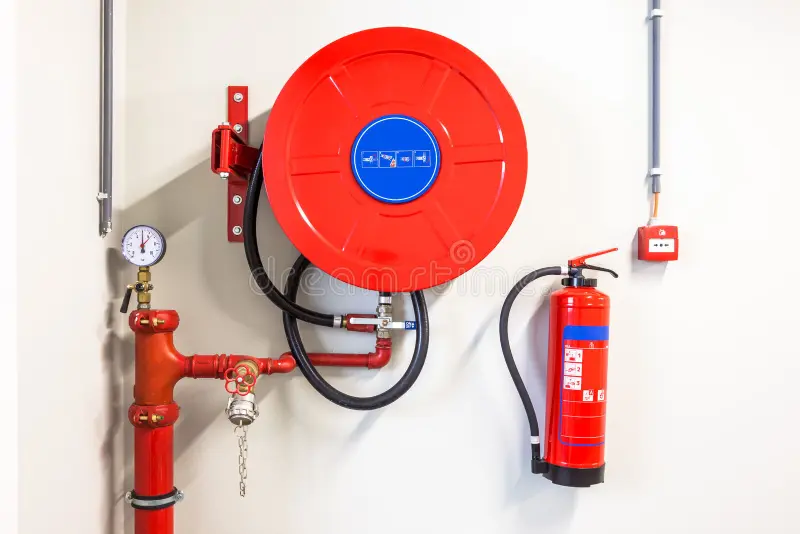
Fire hose systems, including standpipe systems and fire hose cabinets, provide a means for trained personnel to deploy high-pressure water streams directly onto a fire. These systems are strategically located throughout a building, offering extended reach and increased water flow compared to portable extinguishers.
3. Fire Sprinkler Systems:

Fire sprinkler systems are one of the most effective and widely used fire suppression systems in buildings. These systems consist of a network of pipes filled with water under pressure, connected to strategically placed sprinkler heads. When activated by heat, the sprinkler heads release a controlled flow of water, helping to contain and extinguish the fire.
4. Fire Hydrants:
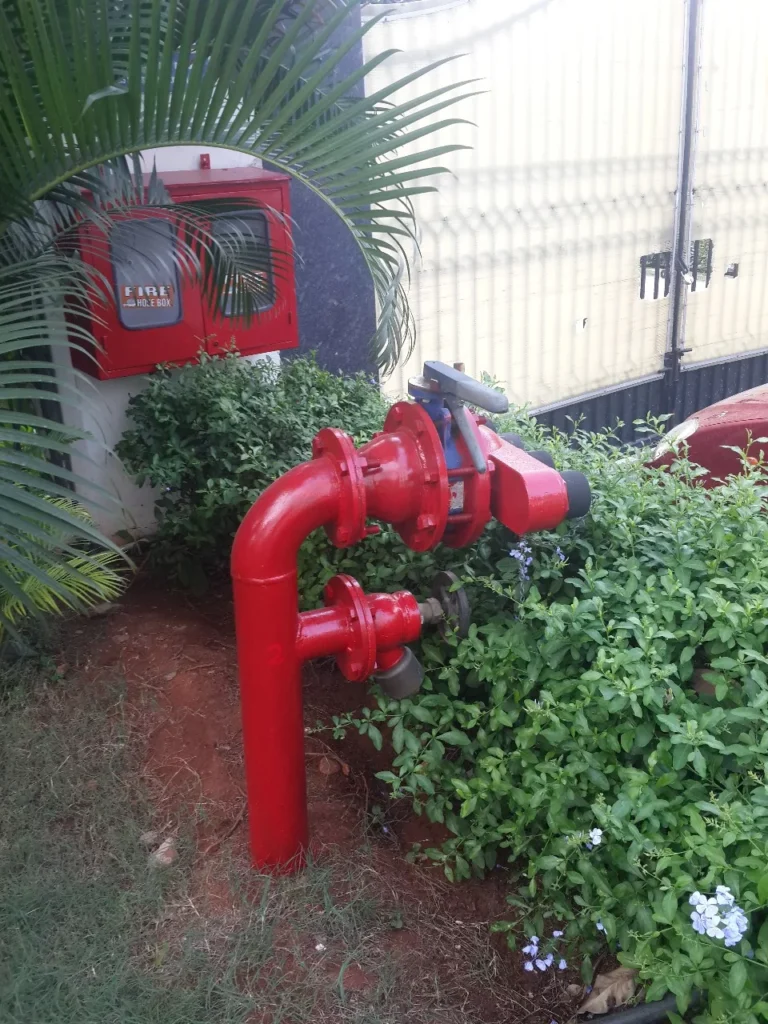
Fire hydrants, typically located along street curbs or within a facility’s premises, provide a reliable water source for fire department personnel to connect their hoses and equipment. These hydrants are connected to the municipal water supply or on-site water storage tanks, ensuring an ample water supply for firefighting efforts.
The Importance of Fire Fighting Sprinkler Systems
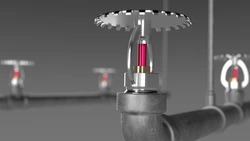
Among the various fire fighting systems employed in buildings, fire sprinkler systems stand out as one of the most effective and reliable means of fire suppression. These automatic systems are designed to detect and respond to fires quickly, minimizing the potential for widespread damage and loss of life.
Fire sprinkler systems operate on a simple yet efficient principle: when the system detects heat from a fire, individual sprinkler heads activate, releasing a controlled flow of water over the affected area. This targeted water discharge helps contain and extinguish the fire, preventing it from spreading further.
There are two main types of fire sprinkler systems commonly found in buildings:
1. Wet Pipe Sprinkler Systems: In these systems, the pipes are filled with water under pressure, ready to discharge water immediately when a sprinkler head is activated. Wet pipe systems are suitable for buildings in areas where piping is not exposed to freezing temperatures.
2. Dry Pipe Sprinkler Systems: These systems are designed for buildings or areas where the piping may be exposed to freezing temperatures. The pipes are filled with compressed air or nitrogen, and when a sprinkler head is activated, the air pressure drops, allowing water to enter the pipes and discharge through the open sprinkler head.
The effectiveness of fire sprinkler systems in controlling and suppressing fires has been well-documented. According to the National Fire Protection Association (NFPA), the presence of properly installed and maintained sprinkler systems can reduce the risk of fire-related injuries by up to 81% and the risk of property damage by up to 67%.
For facility managers and fire safety officers, ensuring the proper installation, regular inspection, and maintenance of fire sprinkler systems is crucial. These systems not only protect property and assets but also safeguard the lives of building occupants, making them an invaluable component of any comprehensive fire safety strategy.
Fire Fighting Pumps: Ensuring Adequate Water Pressure
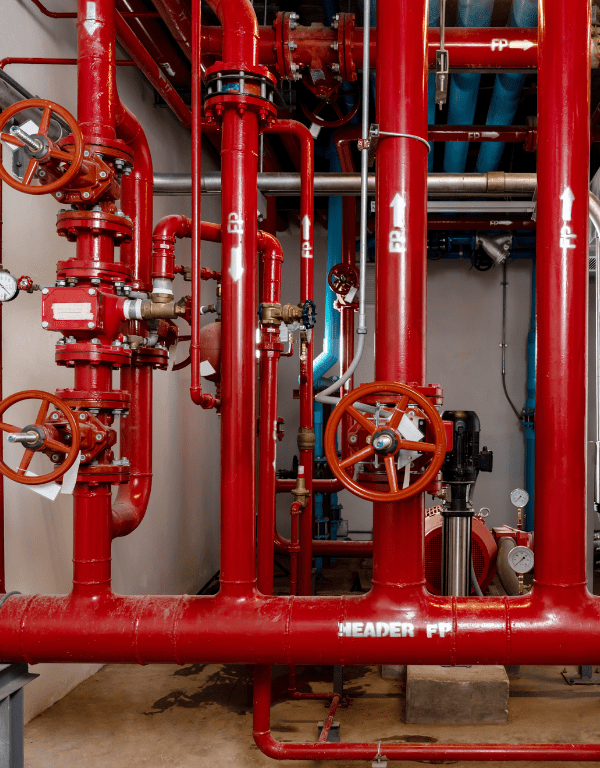
Water is the primary extinguishing agent used in many fire fighting systems, and ensuring an adequate supply of water at the right pressure is crucial for effective fire suppression. This is where fire fighting pumps, also known as fire pumps or fire water pumps, play a vital role.
Firefighting pumps are specialized pumping systems designed to deliver a consistent and high-pressure flow of water to various fire protection systems, such as sprinklers, standpipes, and hose connections. These pumps are typically powered by electric motors or diesel engines, ensuring a reliable water supply even during power outages or other emergencies.
There are two main types of firefighting pumps:
1. Fire Pumps for Sprinkler Systems: These pumps are designed to maintain the required water pressure and flow rate for the building’s sprinkler system. They are often installed in dedicated pump rooms and connected to a reliable water source, such as municipal water mains or on-site water storage tanks.
2. Portable Fire Pumps: As the name suggests, these pumps are self-contained and mobile units that can be transported to the fire scene. They are typically used when a building’s water supply is inadequate or when firefighters need to access water from external sources like lakes, ponds, or hydrants located far from the fire.
Proper sizing, installation, and maintenance of fire fighting pumps are crucial to ensure their reliable operation during emergencies. Regular testing and inspection are essential to identify and address any potential issues that could compromise the pump’s performance.
For facility managers and fire safety officers, working closely with qualified professionals and adhering to industry standards, such as those set forth by the National Fire Protection Association (NFPA), is vital for ensuring the effectiveness and readiness of fire fighting pumps in their buildings.
Maintaining and Inspecting Fire Fighting Equipment

While having a comprehensive fire fighting system in place is essential, regular maintenance and inspection of the equipment are equally crucial to ensure its proper functioning when needed. Neglecting these vital tasks can render even the most advanced fire protection systems ineffective, putting lives and property at risk.
As a facility manager or fire safety officer, you play a pivotal role in overseeing the maintenance and inspection of fire fighting equipment within your building or facility. Here are some key aspects to consider:
1. Fire Safety Inspections:
Conduct regular fire safety inspections to assess the overall condition and readiness of your fire fighting systems. These inspections should cover various components, including fire extinguishers, sprinkler systems, fire pumps, alarm systems, and emergency lighting.
2. Fire Extinguisher Maintenance:
Portable fire extinguishers require periodic inspections and maintenance to ensure their reliability. Check for proper pressure levels, inspect for signs of damage or corrosion, and replace or recharge extinguishers as needed. Follow the manufacturer’s recommendations and industry standards for inspection frequencies and servicing.
3. Fire Sprinkler System Maintenance:
Fire sprinkler systems demand regular maintenance to prevent potential malfunctions. This includes inspecting and testing control valves, checking water supply sources, and ensuring that sprinkler heads are free from obstructions and corrosion.
4. Fire Pump Testing:
Fire pumps should undergo regular testing to verify their operational readiness. This involves running the pumps under load conditions, checking the pump performance, and inspecting components for any signs of wear or damage.
5. Record Keeping:
Maintain detailed records of all inspections, testing, and maintenance activities. These records not only help track the condition of your fire fighting equipment but also serve as documentation for compliance with local regulations and industry standards.
By implementing a comprehensive maintenance and inspection program, you can ensure that your fire fighting equipment remains in optimal condition, ready to respond effectively when an emergency arises. Additionally, regular maintenance can help extend the lifespan of your equipment, reducing long-term costs and minimizing the risk of system failures.
Prioritizing Fire Safety with the Right Equipment and Systems
Safeguarding lives and property from the devastating effects of fires is a paramount responsibility for facility managers and fire safety officers. By understanding the fundamentals of fire fighting systems, the various types of equipment involved, and the crucial role of components like sprinklers and pumps, you can implement an effective fire protection strategy. However, it is equally important to maintain and regularly inspect these systems to ensure their reliability and readiness.
Prioritizing fire safety through the implementation of the right equipment and systems, coupled with diligent maintenance and inspections, is the key to minimizing the risk of fire-related incidents and protecting the occupants and assets within your facility. With a proactive approach and adherence to industry standards, you can create a safer environment for all.

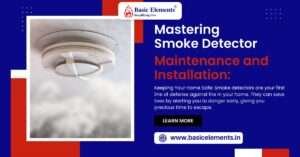





3 thoughts on “Comprehensive Guide to Fire Fighting Equipment and Systems for Building Safety”
Pingback: Mastering Fire Hydrant Systems: A Comprehensive Guide for Fire Safety Officers - Basic Elements
Pingback: Comprehensive Guide to Fire Alarm Systems: Types, Addressable Systems, and Testing - Basic Elements
Pingback: Mastering Addressable Fire Alarm Systems: A Comprehensive Guide to Fire Alarm Panels, Annunciators, and Control - Basic Elements
Comments are closed.